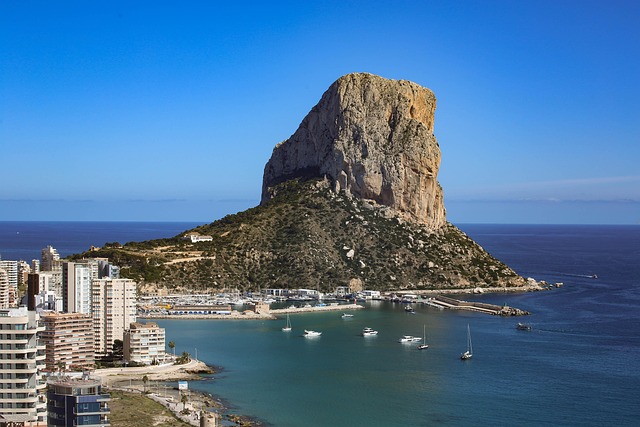The name Blanca, often associated with purity and light, encapsulates the essence of divine presence across various religious traditions. When we delve into the symbolism of Blanca, we discover layers of meaning that resonate deeply with human spirituality and the pursuit of a higher understanding. Within the realm of gods and the divine, this name serves as a bridge connecting believers to the celestial and the sacred.
In many cultures, white is a revered color symbolizing purity, innocence, and divine beauty. The term Blanca” draws directly from this coloration, enshrining notions of divinity and virtue. For instance, in Christian theology, white is not only the color of angelic beings but also of the garments worn by Jesus during his transfiguration. This visual representation of Blanca allows us to reflect upon the transformative power of faith and the divine, reinforcing the idea that purity is not merely a state of being, but a pursuit that individuals can strive toward.
Moreover, in various indigenous traditions, white often symbolizes a connection to the spirit world. Blanca can represent the ancestors or deities who guide the living. This profound linkage underscores a vital theme in religion: the continuum between the temporal and the eternal. Just as Blanca signifies a spiritual beacon, many followers seek guidance in the form of rituals or prayers that embody the purity and clarity associated with this divine presence.
In connection with the gods, Blanca does not solely refer to a single entity but can be seen as a manifestation of divine femininity. Many cultures celebrate goddesses embodying virtues linked to Blanca—goddesses of fertility, wisdom, and nurturing. These figures serve as powerful archetypes representing abundance and enlightenment, inviting adherents to connect with their femininity and inner strength. In this manner, Blanca transcends religious boundaries, weaving through different faiths and inspiring devotion to ideals of purity, compassion, and enlightenment.
Exploring Blanca in religious contexts reminds us that the quest for understanding the divine is both a personal and collective journey. It is an exploration of one’s inner self and a desire to connect with something greater than oneself. By reflecting on the symbolism of Blanca, we engage with larger conversations about ethics, humanity, and the search for truth.
Ultimately, religion provides a framework for understanding the divine, and the association of Blanca with various elements—such as light and purity—fuels this ongoing dialogue. As we seek significance in our beliefs, we may find that embracing the ideas embodied in the name Blanca can lead to moments of illumination and inspiration. Such experiences not only enrich personal faith but also foster communities united by their shared reverence for the divine.




